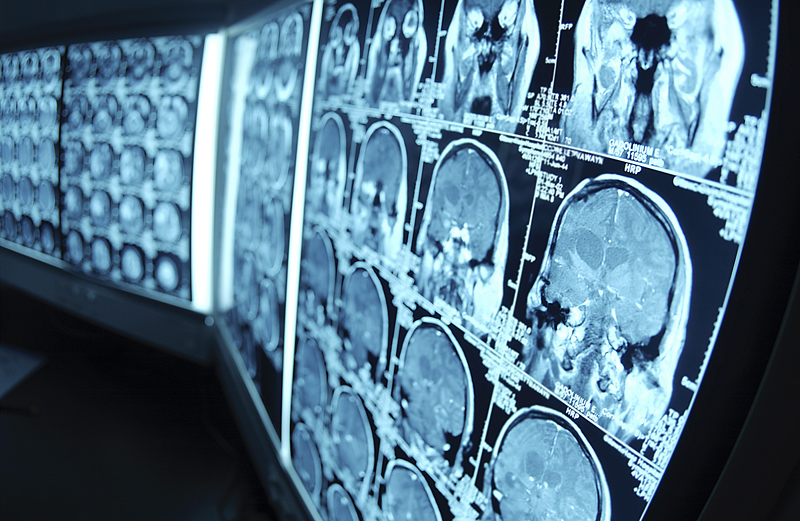
WEDNESDAY, Aug. 28 (HealthDay News) — People with migraines — either with or without an aura preceding the headache — show changes in the structure of their brains on imaging tests, researchers say.
A new review of previous research shows that people who have migraines have abnormalities in the brain’s white matter, lesions that resemble previous strokes, and changes in the volume of areas of their brains.
“The clinical significance of these changes is unclear,” said senior study author Dr. Messoud Ashina, an associate professor and director of the human migraine research program at the Danish Headache Center and Glostrup Hospital, in Copenhagen. “It is not clear how and why these lesions develop, what they are and what long-term consequences they have for individuals with migraine. Therefore, I do not think the patient should be concerned, but treatment and control of migraine is recommended,” he added.
Results of the study were published online Aug. 28 in the journal Neurology.
Migraine is a common neurological disorder. It causes one-sided, throbbing headaches, according to study background information. These headaches may or may not be preceded by an aura, which is described as a visual disturbance, such as flashing lights or zigzag lines.
The latest review of the research includes 19 studies on migraines. All of the studies included the use of MRI scans to identify changes in the brain.
The review found that people who had migraines were more likely to have changes in their brains than were people who didn’t have migraines. Those who had migraines with auras appeared to be more likely to have these changes than those who had migraines with no auras, but the association wasn’t found to be statistically significant, according to Ashina.
Only one study of those reviewed looked at the effect of treatment. This study found no changes to the brain as a result of anti-migraine therapy.
Dr. Alon Mogilner, a neurosurgeon and director of the NYU Langone Center for Neuromodulation, in New York City, pointed out that “this study provides more proof that patients with migraines have brain abnormalities on MRIs. The question is: Is that why they have migraines, because of these abnormalities? Or, do they get migraines, and then these changes happen?” Mogilner said.
“Most doctors believe these changes are nothing to worry about, but it would be nice to see if, over time, these changes correlated with the severity of migraines or with treatments,” explained Mogilner, who was not involved with the study.
“If you have the [stroke]-like lesions, most neurologists will test you to make sure that you don’t have any other problems or risk factors that might set you up for a stroke down the road. But, I don’t think this should cause patients any more concern,” he added.
Dr. MaryAnn Mays, a staff neurologist at the Center for Headache and Pain at the Cleveland Clinic, agreed that people with the stroke-like abnormalities should be assessed for stroke risk factors, but added, “in this study, I didn’t see any increased risks. I don’t think patients have to worry about these lesions.”
Mays said she was happy to see that one study in the review followed patients for about nine years and didn’t see any changes in thinking or memory even though brain lesions had been seen on the MRIs.
Although the study found an increased risk for certain brain changes among people who have migraines, it did not establish a cause-and-effect relationship.
A second study in the same journal issue looked at a completely different aspect of migraine — why income seems to affect the incidence of these debilitating headaches. As with other research, this study confirmed that migraines were more prevalent in people with lower household incomes. Low income was defined as less than $22,500 a year.
What was more of interest to the researchers, however, was whether the migraines came first and affected the ability to work — or if the stresses of living on a low income contribute to the development of migraines.
Because the incidence of migraine is higher in people with lower incomes, and pain from migraine is more severe and disabling in people with lower incomes, the authors suggested that the development of migraine is probably linked to physical or psychological stressors from living on a low income.
However, the good news from the study is that remission of migraine wasn’t linked to income. The authors suspect that whatever causes migraines to develop may be different than whatever helps them go away.
More information
Learn more about migraine from the U.S. National Institute of Neurological Disorders and Stroke.
Copyright © 2025 HealthDay. All rights reserved.

